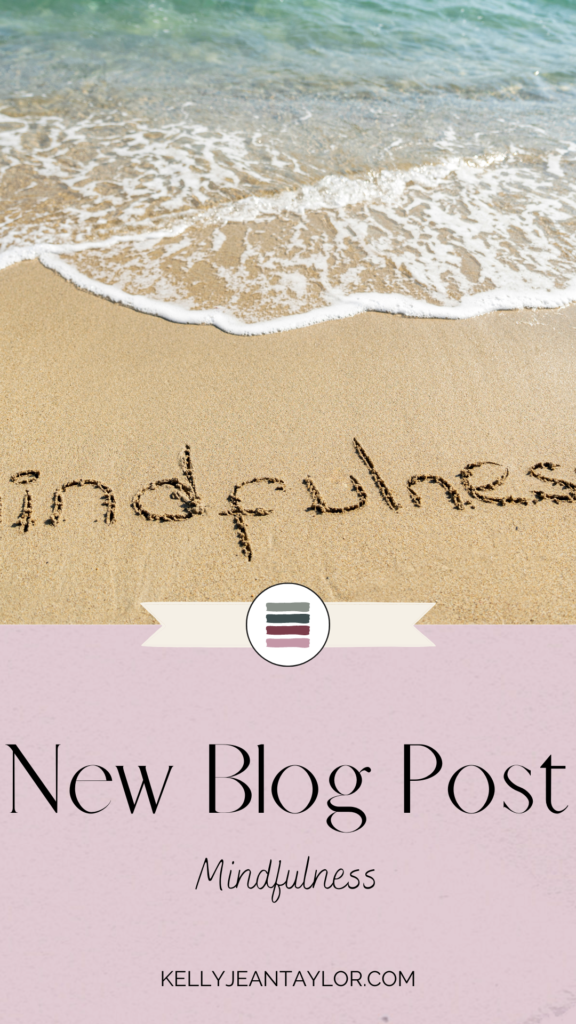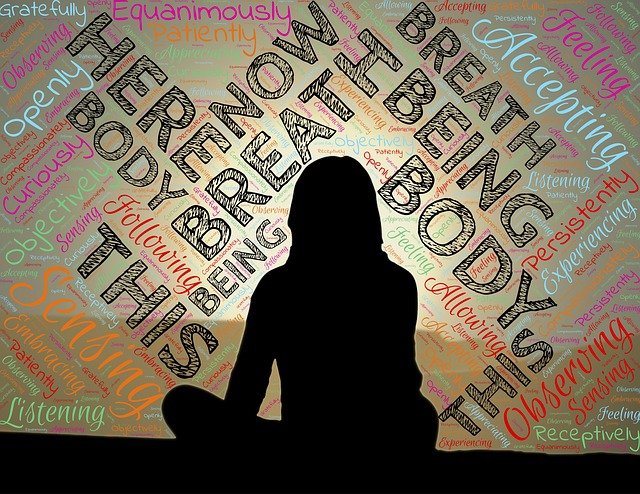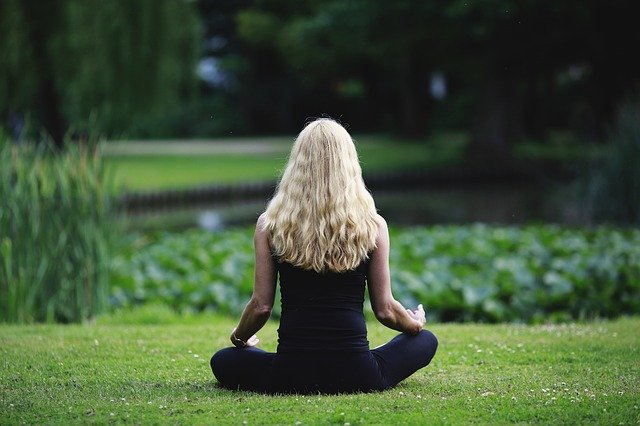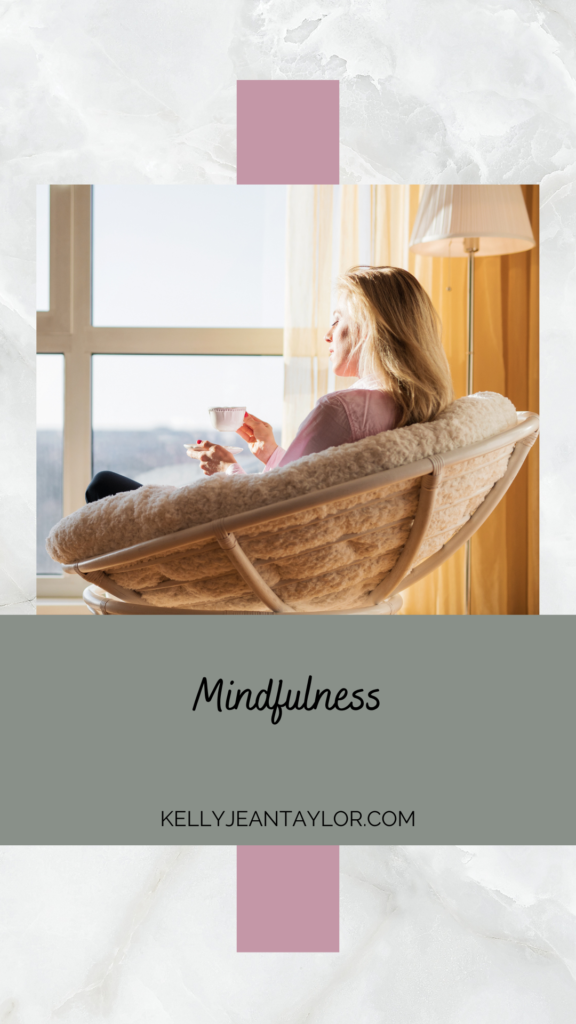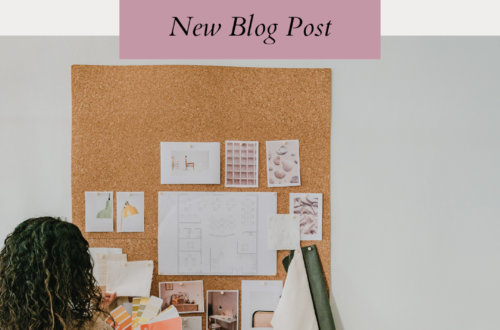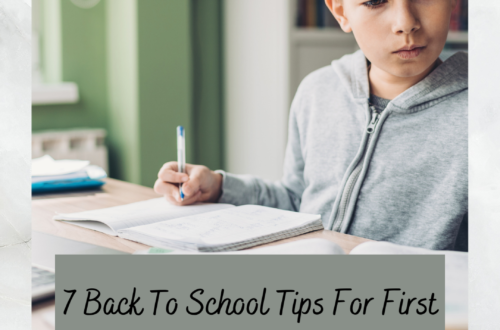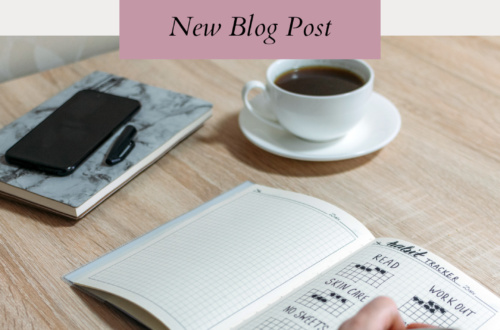
Mindfulness
What is Mindfulness?
Mindfulness is your ability to shut your brain off from its daily racing through to-do lists, schedules, meetings, and errands and enjoy the present moment. Take the time to appreciate your surroundings, the sunlight, the breeze, the little things in life you don’t normally pay attention too. Just breathe, relax and listen.
What is the Purpose of Mindfulness?
Mindfulness is used to develop a specific attitude on your consciousness that can give you peace mentally and rationally. It can also be used to address your stress or anxiety and keep you relaxed and at ease. Mindfulness helps your mind quiet down and your body relax so you can have a more focused and prosperous day.

Benefits of Mindfulness
There are many benefits to mindfulness. Taking care of your health and well-being being is the main reason most people do mindfulness techniques every day. Below are just a few benefits of mindfulness.
- Lowering stress levels
- Lowers depression and anxiety
- Cope with uncomfortable emotions
- Plays a role in breaking bad habits
- Gain insight and awareness of your surroundings
- Enhance your well-being
- Improves your physical health
- Boosts your mental health
Practicing Mindfulness
Mindfulness helps us relax and see ourselves in the present moment.
- Set aside time – mindfulness doesn’t have to take up a lot of your time, but it is good to schedule out time when you won’t be disturbed.
- Be in the moment – quiet the mind and pay attention to the moment in front of you, be in the here and now.
- Let your thoughts go – when your mind runs off to the errands you have to do or the meeting you have to prepare for or that interview that you are nervous about, acknowledge it and let it go by, come back to the present moment and just breathe.
- Don’t beat yourself up – Your thoughts will creep up on you, don’t be hard on yourself for it, it will happen, just acknowledge it and come back to your breathing.
Mindfulness Meditation and Techniques
Once you have set aside time and found a quiet place sit, focus on your breathing. You can sit on the floor or in a chair. Sit with the palms of your feet on the floor if sitting in a chair or with your legs crossed if sitting on the floor or on a pillow.
Sit with your back straight, but not stiff, relax your body, place your hands on your knees or thighs and relax your arms.
Breath in through your nose and out your mouth at a normal pace, counting your inhales and exhales helps keep your mind from wandering. If your thoughts come in, allow them to come and go and come back to your breathing.
Notice your body’s sensations. Starting from your head and working your way down to your toes, pay attention to the way your body reacts, the heaviness of your limbs, the tingling sensations in your fingers and toes, the ringing in your ears. Note your senses, the sounds and smells around you, how the carpet or pillow feels underneath you.
Observe your current emotions, accept them and let them go without judgment or criticism. Be in the present moment and notice how your mind and body react to your meditation techniques.
Doing your meditation every day creates a healthy habit and keeps your body and mind at ease.
To help you get started here are some Mindfulness Apps to try out:
- Insight Timer
- Smiling Minds
- MyLife Meditation
- UCLA Mindful
- Healthy Minds Program
- Headspace
- Aura
- Stop, Breathe & Think
- Let’s Meditate
- Exhale
Remember… Breathe, Relax and be in the moment.
